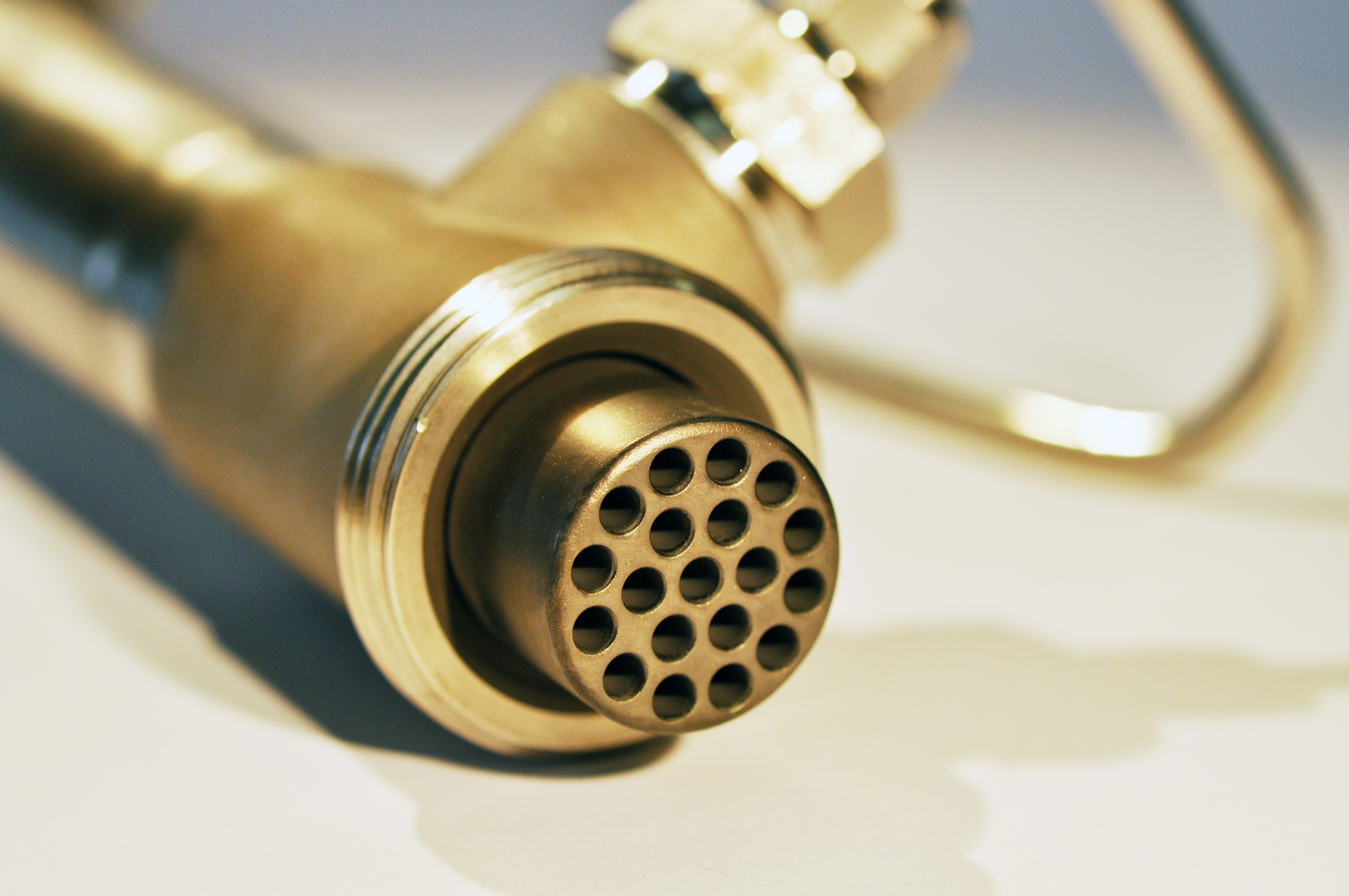Ceramic filtration systems for closed-loop aquaculture
The increasing global demand for fish cannot be met in the long term without aquaculture. In order to maintain high quality standards, enormous quantities of fresh water have to be provided. In a joint project with partners from research and industry, Fraunhofer IKTS scientists have developed ceramic filtration systems that not only clean the water in aquacultures, but also adsorb disturbing odors and flavors.
The aquaculture industry, which has been growing strongly in recent years, not only offers great opportunities, but also brings economic and ecological problems. Above all, the enormous demand for fresh water in closed loops confronts operators with a number of challenges. The decomposition of animal feces and feed residues, for example, leads to the enrichment of organic compounds. This causes an earthy or muddy taste of the animals ready for slaughter. In order to solve this so-called off-flavor problem, the animals must be kept in a tank with a permanent supply of fresh water in drinking quality for four weeks before slaughter. This is not only ecologically problematic, but also costly, water-, and energy-intense.
Ceramic systems filter even tiny trace particles
In a joint project with partners from research and industry, including Wermsdorfer Fisch GmbH, Westsächsische Hochschule Zwickau, and Eilenburger Elektrolyse- und Umwelttechnik GmbH, scientists from the Fraunhofer Institute for Ceramic Technologies and Systems IKTS led by Dr. Burkhardt Faßauer have developed a novel filter technology which effectively purifies water in aquacultures and also completely adsorbs tiny trace particles.
The heart of the filtration system is a membrane adsorber based on a fine-filtering ceramic membrane. Previously, membranes with only one channel were used here. The newly developed ceramic membrane has a 19-channel geometry. Thus, the active surface is ten times larger, and so are the filtration and loading capacities. In addition, carbon was infiltrated into the pores of the membrane. Since carbon has a highly porous microstructure, the adsorber properties of the membrane can be increased. This membrane combination also retains muddy odors and flavors that could not be filtered out before by using conventional methods. The filtered water flows back into the fish tanks in fresh-water quality, which greatly reduces the consumption of fresh water. When the membrane adsorber is fully loaded with adsorbed dirt particles after long-term use, it is cleaned with hot steam and can then be reused.
Field test in aquaculture facilities
So far, the function of the membrane adsorber has been successfully demonstrated at laboratory scale. Further work is now aimed at testing the filtration system in larger aquaculture facilities, where water savings of up to 10,000 liter per ton of fish can be expected.
“This ceramic filtration system makes a significant contribution to saving water resources in the growing aquaculture industry. In addition, it can be a key element for the cost-efficient closure of new innovative process chains such as aquaponics, in which fish and plant production are closely linked spatially and procedurally,“ explains Dr. Faßauer.
